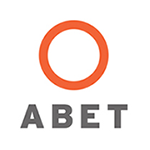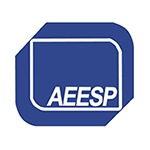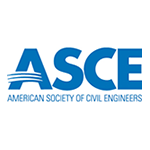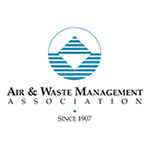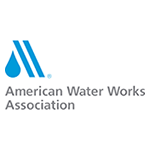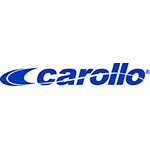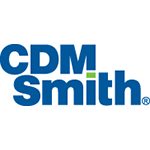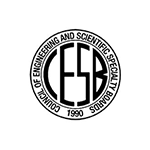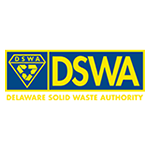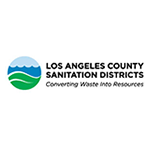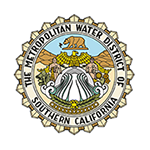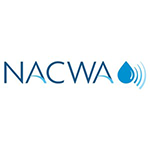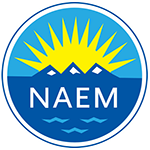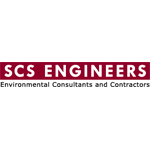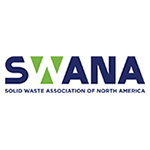- Home
- Contact Us
- AAEES Staff
- AAEES Board of Trustees
- American Academy of Environmental Engineers Certification Board
- American Academy of Environmental Scientists Certification Board
- AAEES Committees
- State and Regional Representatives
- Representatives to Other Organizations
- Previous Leadership
- Interactive Who's Who
- Student Chapters
- Tau Chi Alpha
- News & Events
- Awards
- AAEES Awards Criteria
- 40 Under 40 Recognition Program
- Edward J.Cleary Award
- Excellence in Environmental Engineering and Science Education
- Gordon Maskew Fair Award
- Honorary Member
- International Honorary Member
- Ralph and Joe Bales Graber Science Award
- Stanley E. Kappe Award
- Environmental Communications Awards Competition
- Excellence in Environmental Engineering and Science Competition
- The AAEES Chapter Blue Marble Award
- Resources
- Membership
- Donate
- Jobs
Event Calendar
|
Landfill black goo: What is this stuff and what can we do about it?
Thursday, March 20, 2025, 12:00 PM - 1:30 PM EDT
Category: AAEES Webinar Series
Landfill black goo: What is this stuff and what can we do about it?
Webinar Summary Black, sticky, gel-like matter, aka black goo, has been accumulating in leachate collection systems (granular layers, pumps, pipes, tanks, etc.) in municipal solid waste landfills causing extensive and costly clogging problems. This clogging material, which is distinctly different from conventional biomass, emerged in North America over the last decade and is now commonplace and problematic. Black goo has also been observed in several south American countries, and most recently in central and western Europe. Black goo clogs pipes, drainage layers, sumps, and pumps, requiring costly maintenance and making leachate extraction inefficient. To understand this phenomenon, black goo samples were collected from more than 20 landfills in North America and Europe. Each was analyzed by Fourier-transform infrared (FTIR) spectroscopy and solid-state nuclear magnetic resonance (ssNMR) to examine their chemical structure. Loss on ignition (LOI) and thermogravimetric analysis (TGA) were used to determine organic matter content and to compare black goos to conventional biomass. Scanning electron microscopy (SEM) was used to examine morphological characteristics of the black goo samples. The analyses indicate that black goos are primarily composed of superabsorbent polymers (SAPs) used in a variety consumer and industrial products (e.g., diapers, feminine products, incontinence products, water stop, paint hardener), which are ubiquitous in the waste stream. SAPs dissolve in leachate draining down through the warm waste, and coalesce in cooler low-energy environments such as the floor of a cell, in a sump, in saturated degraded waste, and in storage tanks. Because SAPs are ubiquitous in the waste stream, black goos are likely to become an increasingly significant problem. Management strategies include landfill designs that promote higher flow velocities in the leachate collection system and periodic flushing with warm solutions and reagents that can degrade SAPs. Speaker Profile Craig H. Benson is Wisconsin Distinguished Professor Emeritus at the University of Wisconsin-Madison and Dean of Engineering and Hamilton Professor Emeritus at the University of Virginia. Benson is a geoenvironmental engineer with expertise in waste management, waste containment systems, recycling and beneficial reuse, and sustainability. He served as Dean of Engineering at the University of Virginia and as a Department Chair and Director of Sustainability Research and Education at the University of Wisconsin-Madison. Benson has a BS from Lehigh University and the MSE and PhD from the University of Texas at Austin, all in Civil Engineering with an emphasis in geoenvironmental engineering. He is a member of the US National Academy of Engineering (NAE) and the National Academy of Inventors (NAI), as well as a Fellow in the American Association for the Advancement of Science (AAAS). Webinar Format This webinar will include a moderated Q and A session following the speaker’s presentation. The session is open to environmental engineering and science professionals across all sectors and career stages. Our objective is to offer special insights on leading edge solutions for graduate and undergraduate students as well as early to mid-career environmental professionals who are considering specialty certification. AAEES Board Certified Individuals: Attend this event and earn 1.5 PDHs towards your PDH requirements for maintaining your specialty certification. Click here to register for this event. |
|||||||||||||

 Prev Month
Prev Month View Month
View Month Search
Search Go to Month
Go to Month Next Month
Next Month
 Export Event
Export Event 